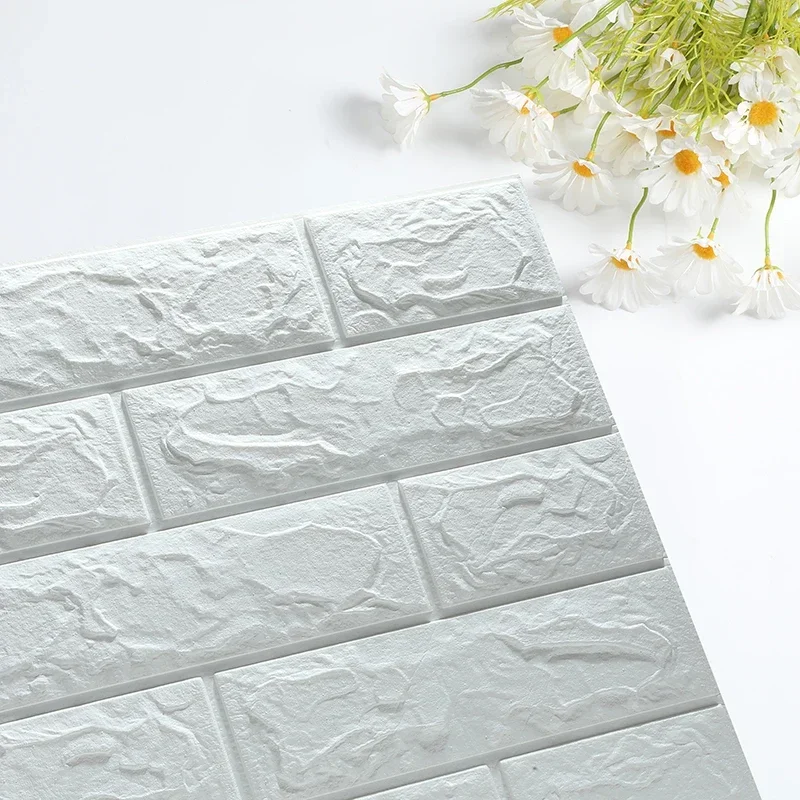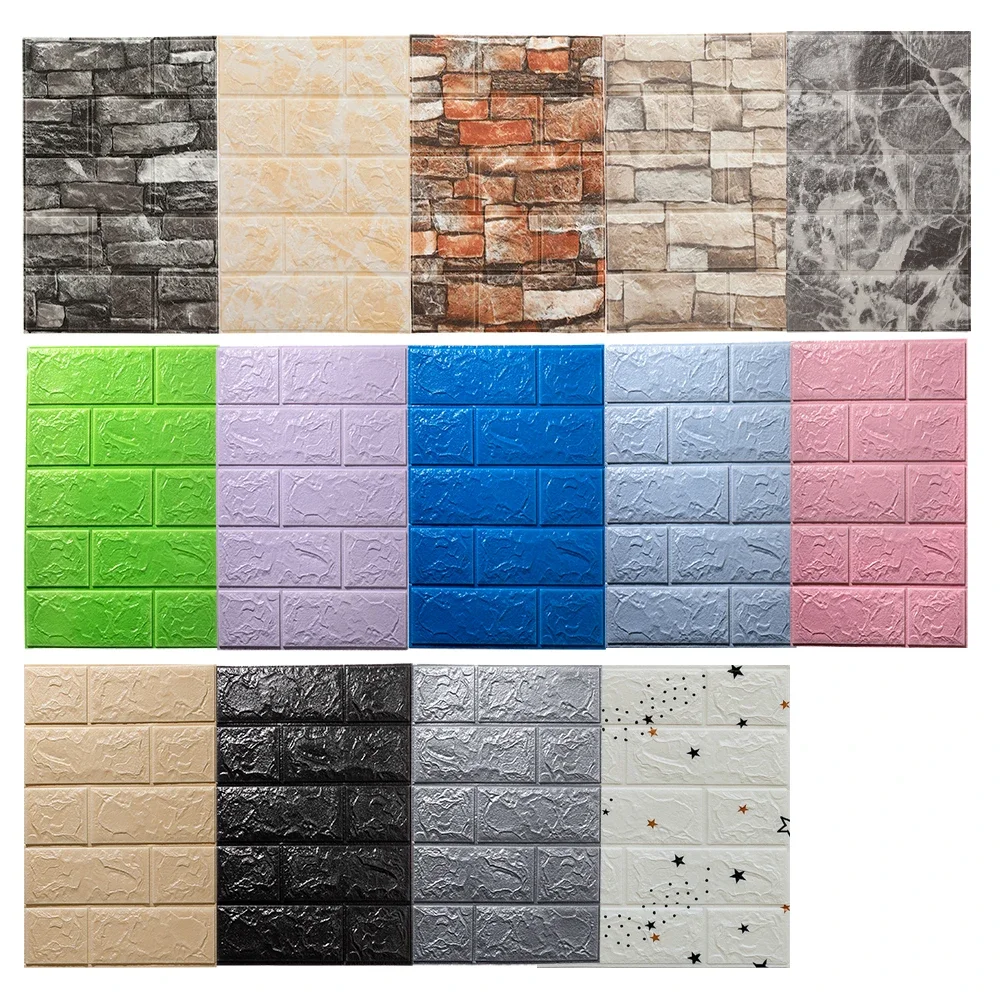Introduction to DIY Shower Tile Painting
How to paint shower tile? Painting your shower tiles can dramatically change your bathroom’s appearance without a full renovation. This DIY project is cost-effective and relatively simple with the right guidance and tools. Before commencing, understand that the success of your project heavily relies on using the correct paints and properly preparing the tile surface. In the sections that follow, I’ll guide you through the necessary tools, materials, and steps to ensure that your tile painting project is a success.

Essential Tools and Materials
Before you start the painting process, it’s crucial to equip yourself with the right tools and materials. This section will provide a comprehensive list of everything needed for the job, ensuring a smooth and efficient workflow.
List of Needed Supplies
- High-Quality Tile Paint: Opt for specially formulated products such as \
Cleaning and Preparation Steps
Proper cleaning and preparation are pivotal for a seamless painting experience. This phase will determine how well the paint adheres to your shower tiles.
Removing Old Fixtures and Cleaning
Begin by clearing any fixtures such as shower heads, taps, or rails. Use a screwdriver to carefully remove these items. Clean your tiles thoroughly with hot soapy water to eliminate grime and soap scum. Tackle limescale with a scouring pad and consider a fungicidal wash for any mildew, especially in grout lines. Rinse well and let the tiles dry completely.
Surface Preparation for Optimal Paint Adhesion
To create a receptive surface for painting, some additional steps are necessary. First, repair any cracks or chips in the tiles and grout. Then, lightly sand the tile surface with a fine-grit sandpaper to roughen it up and help the paint stick better. Wipe down the tiles after sanding to remove dust. Mask off the areas you don’t want to paint with quality painter’s tape, and lay down sheets to protect the floor. Now, your tiles are primed for a new coat of paint.
Step-by-Step Painting Process
Now that your shower area is ready, let’s dive into the painting process. This will cover applying the primer, if necessary, and the base coat of tile paint.
Applying Primer and Base Coat
Start by applying a good quality primer to ensure the paint sticks well. If your tile paint is a specialty product, you might not need this step. Check the manufacturer’s instructions. When you do apply primer, let it dry for at least four hours. Once the primer is dry, move on to the base coat. Use a fine-bristle paintbrush or small roller to apply a thin, even layer. Start from one side and work systematically to avoid missed spots. Wait for the first coat to dry as directed before adding more layers.
Techniques for Smooth and Even Application
To get a smooth finish, follow these steps:
- Dip your roller in the paint and remove excess paint.
- Roll in one direction, either horizontally or vertically, for consistency.
- Use a paintbrush for edges and grout lines to avoid build-up.
- Apply paint in thin layers to prevent drips and unevenness.
- Allow each coat to dry thoroughly before applying the next.
Follow the product instructions for the number of coats needed. Usually, two are enough, but a third can enhance durability. Make sure to let the paint dry before applying the next coat. This will ensure a hard-wearing and beautiful finish on your shower tiles.
Drying and Recoating
Handling Drying Times and Ventilation
Once you’ve applied the base coat on your shower tile, drying time is key. Make sure to follow the paint manufacturer’s guidelines for drying times. Typically, you’ll need to wait at least four hours before recoating. During this time, maintain good airflow. Open windows and use fans if needed to circulate air. This helps the paint dry faster and prevents fumes from lingering. Never rush this step. Proper drying ensures a strong bond and smooth finish.
Applying Additional Coats for Durability
After the first coat has dried, inspect your work. Look for any uneven areas or missed spots. If the coverage is not perfect, don’t worry. Applying a second coat will usually cover these imperfections. Use the same techniques from the first coat for the best result. Remember to let the paint dry between coats. This may take another four hours or more, depending on your paint. In some cases, a third coat boosts durability and achieves full color saturation. Always refer back to the ‘how to paint shower tile’ guide to ensure lasting results.
Final Touches and Maintenance
Once your shower tiles boast a fresh layer of paint, final steps are crucial for long-lasting results.
Protecting Your Newly Painted Tiles
After the drying period is complete, apply a clear sealant. Sealants shield the paint from moisture and wear. Check the paint’s instructions to pick a compatible product. Use a small brush for precision. Let the sealant dry as instructed.
Take it easy on your new surface for a few days. Avoid heavy water exposure. This helps the sealant to set completely and strengthens the paint bond.

Long-Term Care Tips
Good care extends the life of your painted tiles. Here’s how to maintain them:
- Clean gently with non-abrasive cleaners to prevent scratches.
- Avoid bleach; it can fade or damage the paint over time.
- Keep the shower area well-ventilated to reduce moisture buildup.
- Spot-check regularly for chips or scratches. If you spot damage, touch it up promptly.
By following these tips, your painted shower tiles will stay looking fresh and new for years to come.
Finishing Touches
Grouting After Painting
If you removed grout earlier, now is the time to apply new grout. Choose a grout that is mold resistant and suitable for wet areas. Follow the manufacturer’s instructions for mixing and applying it. Use a grout float to apply it evenly.
Ensure that you clean excess grout from the tiles’ surfaces before it dries. Use a damp sponge for this task. You want to maintain a clean finish.
Sealant Application
To provide extra protection, consider applying a clear sealant over the painted tiles once everything is dry. This will help preserve the color and create a waterproof barrier. Follow the manufacturer’s instructions for applying the sealant.
After finishing, allow your shower to dry completely before using it. Proper drying time is essential to ensure Longevity and durability.
Maintenance Tips
How to Care for Your Newly Painted Tiles
Keeping your tiles looking fresh requires some maintenance. Start with gentle cleaning solutions. Avoid harsh chemicals that could strip paint. A mild detergent and water should suffice for daily cleaning.
Wipe down the tiles regularly to prevent soap scum and mold build-up. A soft cloth works best to avoid scratches. If you notice any areas needing touch-ups, address them promptly to maintain the integrity of your work.
Regular Inspections
Make it a habit to inspect your tiles periodically. Look for signs of wear, such as chipping or peeling. If you catch these issues early, you can fix them quickly before they become major problems. Your painted tiles can last long if you take care of them properly.

Conclusion
Painting shower tiles can dramatically change the look of your bathroom while saving you money. With the right materials, preparation, and care, you can achieve a professional finish that transforms the entire space. Verify the type of tile in your shower, prepare adequately, and follow each step carefully. Enjoy your newly painted shower tiles, and know that you saved time and money while achieving something you can be proud of.
With patience and attention to detail, your tiled walls can continue to shine for years ahead. Happy painting!



